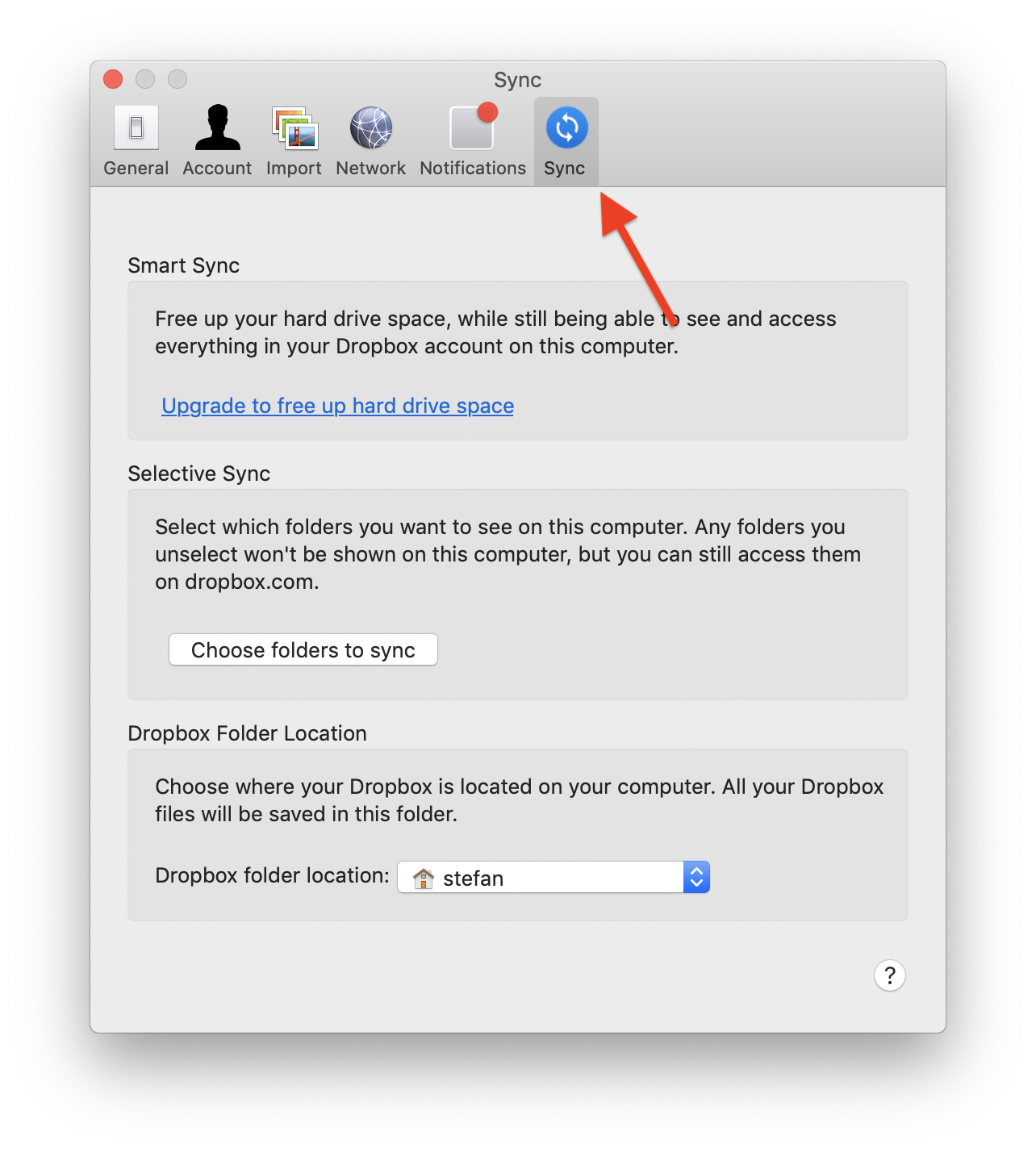

rsl placeholders. Current ones will remain as they are. Pick Selective Sync mode so that "Selective sync" option is enabled automatically when a folder arrives from one of the linked devices. Once Selective Sync is enabled, all new files will be presented as. When you link your devices with one identity, Sync will prompt for one of the three synchronization modes. The selected mode will be applied to all newly added folders.

This button is named Selective Sync on Windows, and Choose folders to sync on Mac. This will open a new window, and allow you to select the folders you want to sync between your Dropbox account and your computer. When you link your devices (using the My Devices feature): Click Selective Sync or Choose folders to sync. In this situation, switching "Selective Sync" OFF for a specific folder will save you time by automatically syncing 100% of data. If these folders contain dozens of files, clicking on each and every item in order to get it copied would be a hassle. Using the Selective Sync toggle for specific folders is quite convenient in situations when you have a lot of folders synced in the Selective Sync mode (that is, instead of copying all files to your disk, Sync moves only very small placeholders), but you need to sync some folders to your device in full. After the folder is already connected (using Selective Sync from the folder options menu):
#DROPBOX MAC SELECTIVE SYNC FULL#
If you turn it ON, Sync will only receive placeholder information, which you can use to sync the full files later. If you leave it OFF, this device will immediately start downloading all the content in the folder (including full contents of any subfolders and nested folders). Thus all that data is just in the Dropbox cloud. When you first connect to a folder via a shared link/key, you'll see a "Selective Sync" toggle on the "Connect to folder" dialog. Essentially you add files and folders to Dropbox as normal, and after they are uploaded you use the Selective Sync feature to no longer sync that folder with your Mac. Let's take a look at each of these in more detail: 1.


 0 kommentar(er)
0 kommentar(er)
